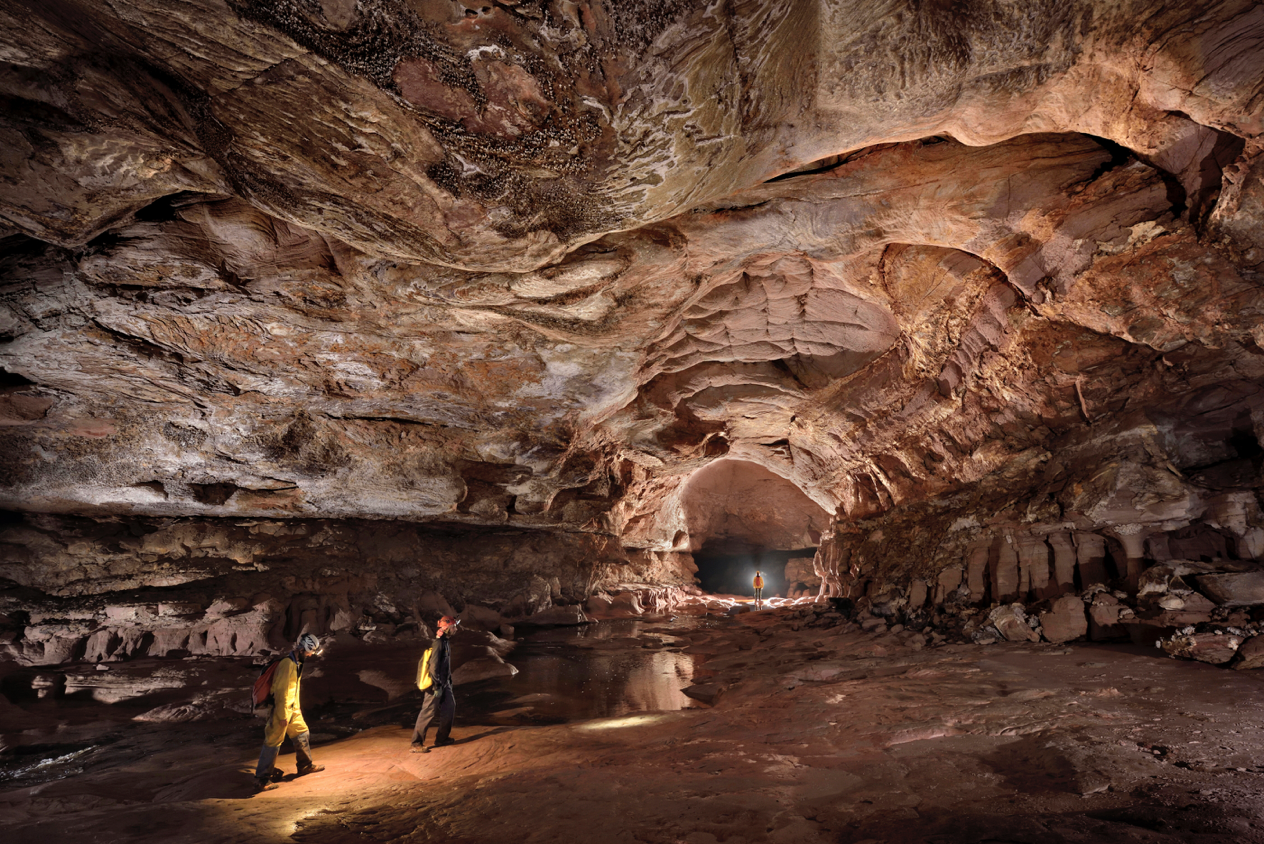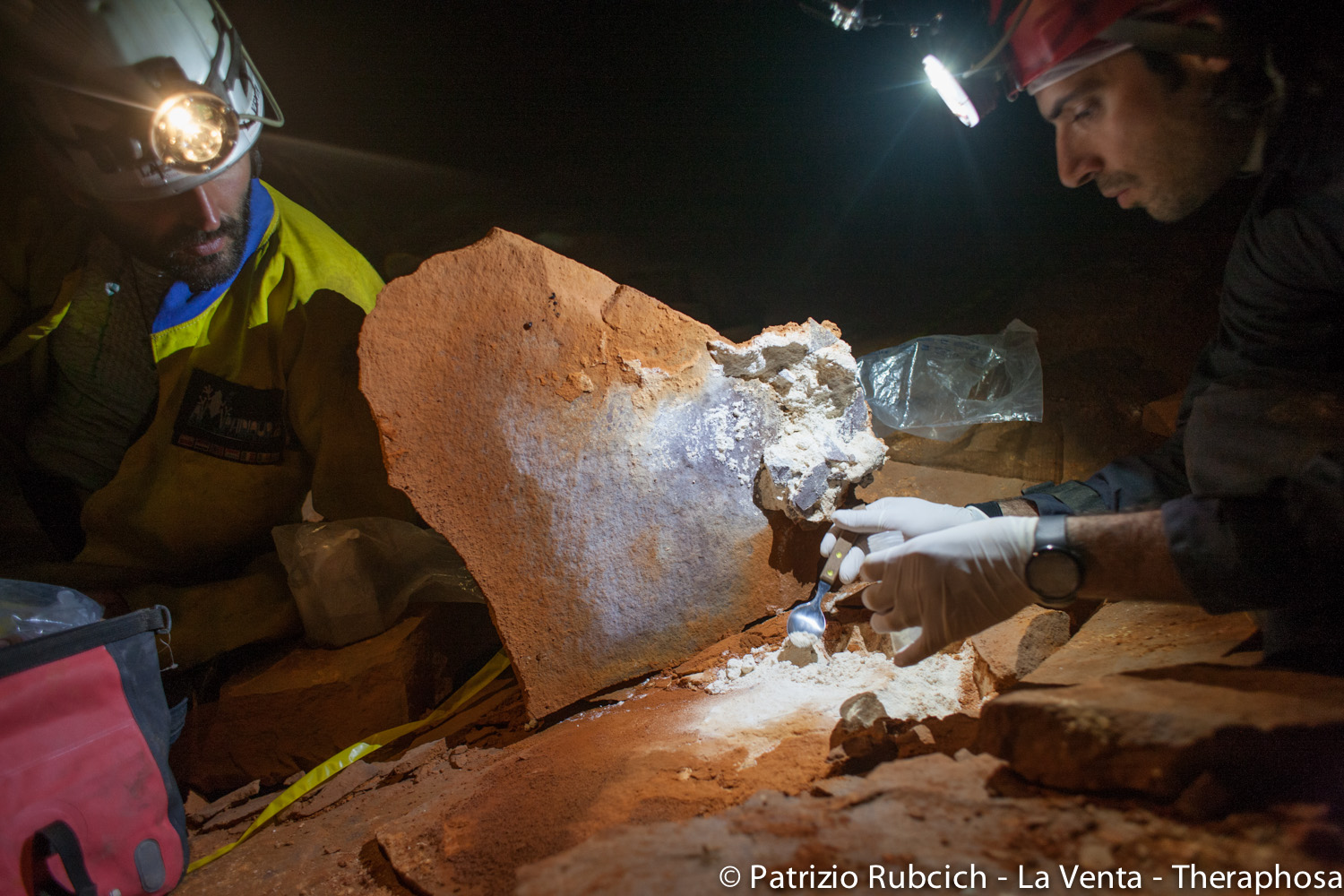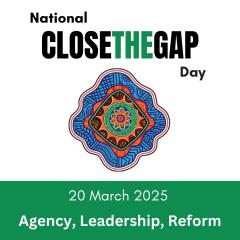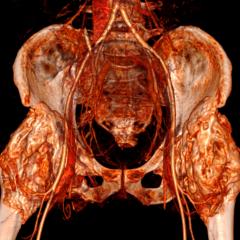
A University of Queensland microbiologist was part of an expedition that discovered the world’s largest quartz cave deep in the South American rainforest.
The multidisciplinary team found the uncharted cave was populated by microbial communities that were contributing to the creation of the cave itself by mobilising the silica within the rock – a process which had never been seen before.
Clinical microbiologist and superbug expert Dr Hosam Zowawi said studying these new microbial communities could reveal the evolution of superbugs.
“The potential of these cave-dwelling microbes to further our understanding of bacterial evolution is untapped,” Dr Zowawi said.
“In some samples, a high portion of the microbes from the cave were totally unknown to science.
“Imagine the potential for new discoveries just from studying and understanding them.”
Dr Zowawi said it wasn’t just the study of new microbes that could be important in fighting antibiotic resistance.
“Caves provide us with a unique window into the past, before human interaction and medical interference.
“By isolating these primitive forms of untouched bacteria hidden in the caves for millions of years, we might be able to better understand the current superbugs.
“We can study how they have evolved over time and discover why they have thrived and developed resistance to antibiotics.
“It’s an amazing opportunity – it’s as if we are travelling back in time millions of years to understand the evolution process.”
 Dr Zowawi said understanding antibiotic resistance was an increasingly pressing concern.
Dr Zowawi said understanding antibiotic resistance was an increasingly pressing concern.
“In the days before penicillin, 90 per cent of the bacteria strains responsible for golden staph were sensitive to that antibiotic,” he said.
“Now, after just a few decades of antibiotic use, hardly any golden staph infections can be treated effectively with penicillin.
“It is possible that future studies on the microbial communities found in cave environments will provide new clues on how to provide effective solutions against this rising global threat.”
The multidisciplinary South American caving expedition was the result of a collaboration between Dr Zowawi, a Laureate of the Rolex Awards for Enterprise, fellow Rolex Laureate lead explorer and geologist Dr Francesco Sauro, environmental microbiologists Dr Martina Cappelletti and Daniele Ghezzi from the University of Bologna, and Dr Peiying Hong from KAUST.
“Our expedition leader Francesco Sauro believes we’ve only scraped the surface of exploring all the caves in the world,” Dr Zowawi said.
The expedition findings are published in Scientific Reports (DOI:10.1038/s41598-018-35532-y).
The study was led by the University of Bologna and supported by a collaboration grant from the Rolex Institute. Funding was also provided by KAUST and the University of Bologna.
All photographs copyright La Venta - Theraphosa.
Media: Dr Hosam Zowawi, h.zowawi@uq.edu.au, +61 7 3346 6041 ; Faculty of Medicine Communications, med.media@uq.edu.au, +61 7 3365 5118, 0436 368 746.



